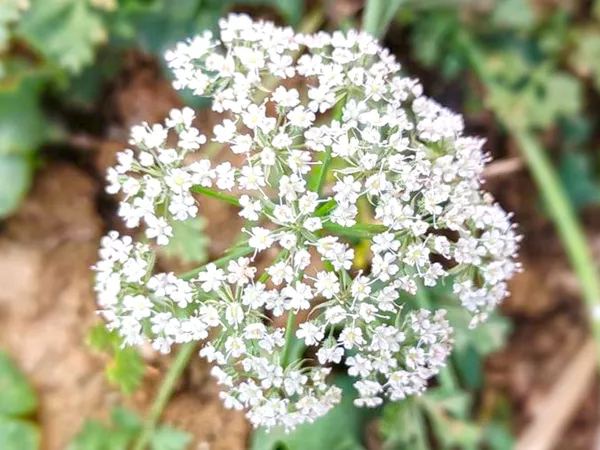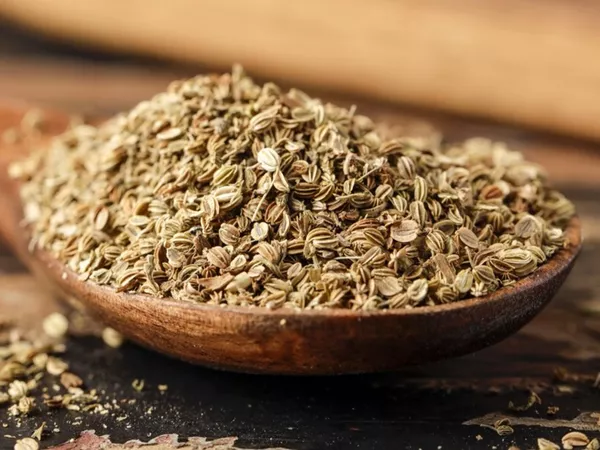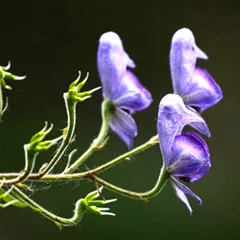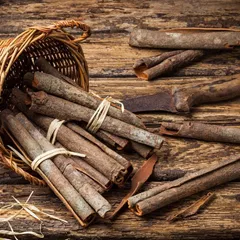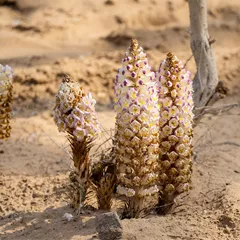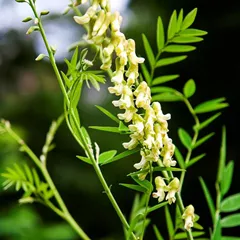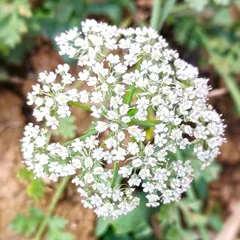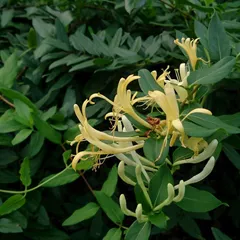Use of She Chuang Zi (cnidium seeds) in TCM
Please note that you should never self-prescribe TCM ingredients. A TCM ingredient is almost never eaten on its own but as part of a formula containing several ingredients that act together. Please consult a professional TCM practitioner, they will be best able to guide you.
Preparation: Collects the seeds and dries
Dosage: 6-12g
Main actions according to TCM*: Applied topically it clears Damp-Heat on the skin and kills parasites. Tonifies Kidney Yang. Warms and dries Wind-Damp-Cold.
Primary conditions or symptoms for which She Chuang Zi may be prescribed by TCM doctors*: Genital yeast infection Genital fungal infection Impotence Infertility Vaginal discharge Sore lower back
Contraindications*: This herb should not be used by those with conditions of Internal Damp-Heat nor by those with Yin Deficiency with Heat signs.
Common TCM formulas in which She Chuang Zi is used*
Zan Yu Dan
Source date: 1624 AD
Number of ingredients: 14 herbs
Formula key actions: Warms and tonifies the Kidneys.
Conditions targeted*: Erectile dysfunctionInfertility in male and others
She Chuang Zi is a king ingredient in Zan Yu Dan. Like the name indicates, it means it has more power than other ingredients in the formula.
In Zan Yu Dan, She Chuang Zi tonify the Kidneys and strengthen the Kidney Yang.
Ku Shen Tang
Source date: 1806 AD
Number of ingredients: 8 herbs
Formula key actions: Dispels Wind. Dries Dampness. Kills parasites. Relieves itching.
Conditions targeted*: Atopic dermatitisSeborrheic dermatitis and others
She Chuang Zi is a deputy ingredient in Ku Shen Tang. This means it helps the king ingredient(s) treat the main pattern or it serves to treat a coexisting pattern.
In Ku Shen Tang, She Chuang Zi dries Dampness, kills parasites and stop itching when applied topically.
Key TCM concepts behind She Chuang Zi's properties
In Traditional Chinese Medicine (TCM), She Chuang Zi belongs to the 'Herbs for external application' category. Like the name indicates, this category of herbs is used mostly for external application in the form of powders, pastes or ointments. As such they are used to treat trauma, inflammation, swelling, bruises, bleeding, pain and so forth.
Furthermore She Chuang Zi is Warm in nature. This means that She Chuang Zi tends to help people who have too much 'Cold' in their body, although with less effect than a plant that would be Hot in nature. Balance between Yin and Yang is a key health concept in TCM. Those who have too much Cold in their body are said to either have a Yin Excess (because Yin is Cold in nature) or a Yang Deficiency (Yang is Hot in Nature). Depending on your condition She Chuang Zi can help restore a harmonious balance between Yin and Yang.
She Chuang Zi also tastes Bitter and Pungent. The so-called 'Five Phases' theory in Chinese Medicine states that the taste of TCM ingredients is a key determinant of their action in the body. Bitter ingredients like She Chuang Zi tends to have a cleansing action on the body by clearing Heat, drying Dampness and promoting elimination via urination or bowel movements. On the other hand Pungent ingredients tend to promote the circulations of Qi and Body Fluids. That's why for instance someone tends to sweat a lot when they eat spicy/pungent food.
The tastes of ingredients in TCM also determine what Organs and Meridians they target. As such She Chuang Zi is thought to target the Spleen and the Kidney. In TCM the Spleen assists with digestion, Blood coagulation and Fluids metabolism in the body. The Kidneys do not only regulate the urinary system but also play a key role in the reproductive system and the growth and aging process of the body.

